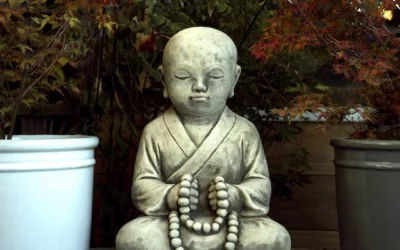Success strategies developed by coaches help their teams win against their opponents. I thought it might be both timely and helpful to share a few insights and ideas on coaching. I will share ideas and insights for leveling up the performance for developing successful strategies for the upcoming cricket season. As a foundation for any such discourse, however, I would hope that we can all agree that every cricketer will naturally possess their fair share of strengths and weaknesses. Technique alone will never be sufficient for any player to achieve their ultimate level of success.
Cricket is more often than a momentum sport. If you are doing well then you will do so consistently, if not struggle constantly. It becomes very crucial for any coach to not allow themselves to become trapped in the plans of their opponents. As opposed to being at all times acting in the pursuit of their own. Your level of success will always be higher if your opponents play according to your plan & you are not playing according to theirs!
As a coach, it’s also crucial to analyze opposing players in terms of their preferences in both batting and bowling. For example, which type of bowling does their batters prefer to face seamers or spinners? How do their batsmen play against seamers relative to their success against spinners?
What I was doing during COVID-19?
During the COVID-19 lockdown, analyzing the team strengths and weaknesses of Canada’s likely opponents in forth-coming International Tournaments. It is one of the activities I have been engaging myself in. My analysis has helped me to improve my understanding of which teams have demonstrated weaknesses against seam or spin. For example, within the past two years, some teams have lost a whopping 63% of their wickets against left-arm spinners. Now, this knowledge will help to determine the composition of Canada’s playing XI against any of those teams.
Cricket is also very much a mind game. As coaches, we should always be on the lookout for ways and means to undermine the mindsets of our opponents. We should develop success strategies in cricket for successful cricket team. Coaches must force them to give their very best to defeat us! Both coaches and players must have a fair idea of how to increase the pace of the game. The game pace is boosted by shifting gears from 1 to 4, even 5 at the right time. Match awareness and game pressure absorption are vital parts of the game. It can often dictate the eventual outcome of encounters between evenly-matched teams!
Usage of Technology in Cricket
Using modern technology and apps also helps a lot in modern-day cricket to develop success strategies. Before the toss, coaches should now routinely have a fair idea of the daily weather forecast. Being aware of what the weather is likely to be can have a major influence on decided team strategies and tactics!
As long as players are willing to give their 100% according to their respective abilities then coaches should be satisfied. The main challenge for any coach is to get the best out of their players. It’s all about man management. As long as your players are hungry to do well and give 100% according to their abilities, you are doing a pretty good job. Wishing you all the best of luck for upcoming games.




